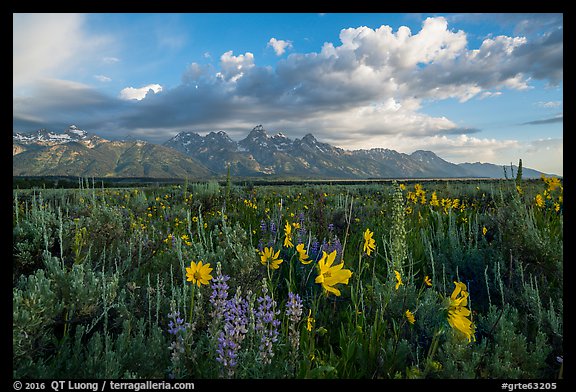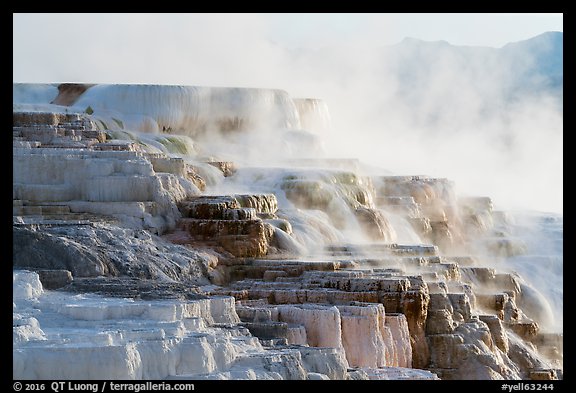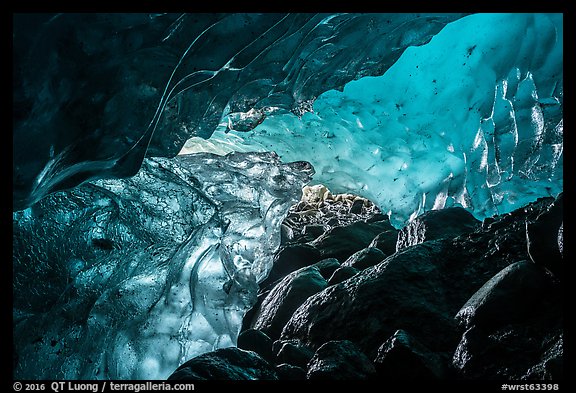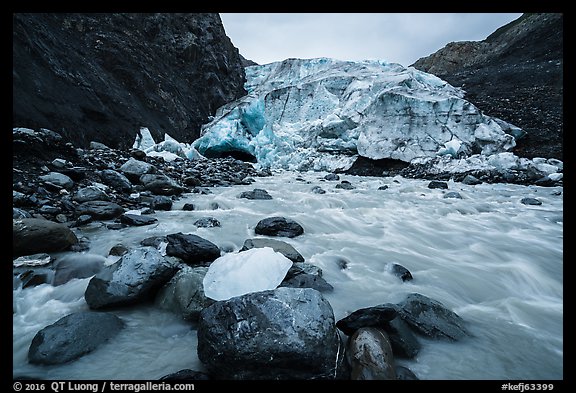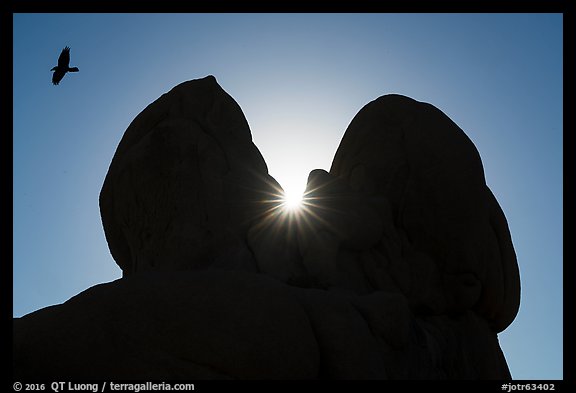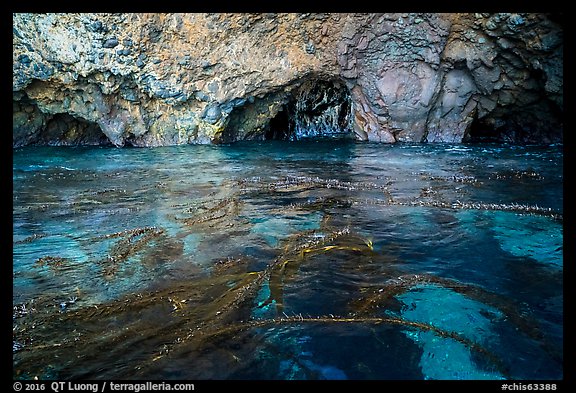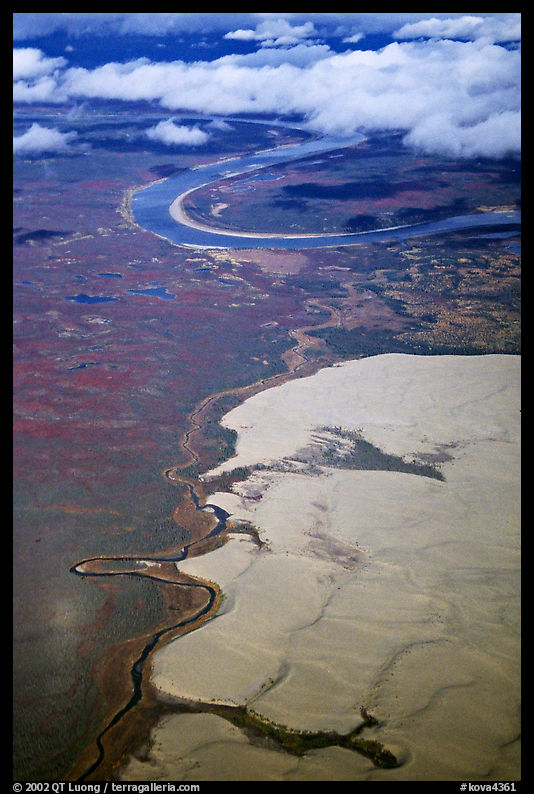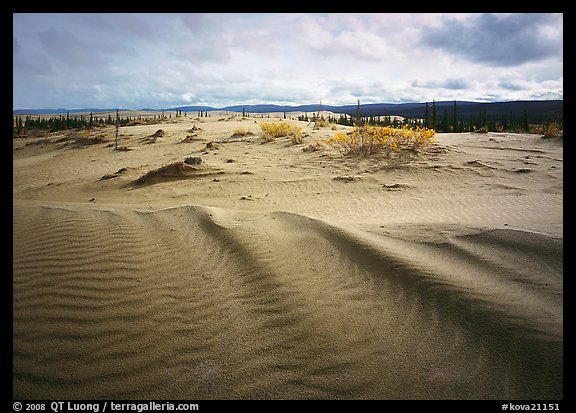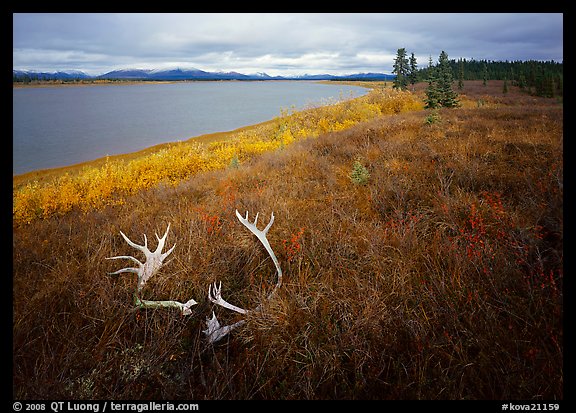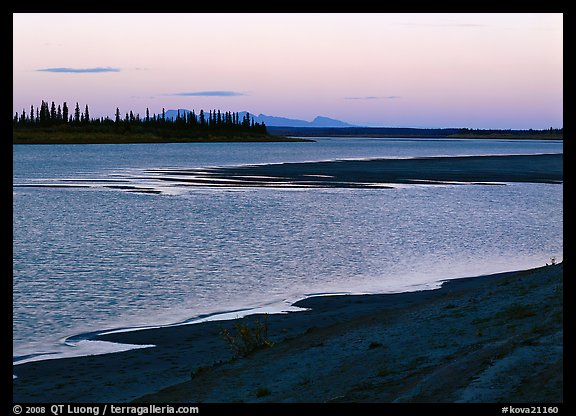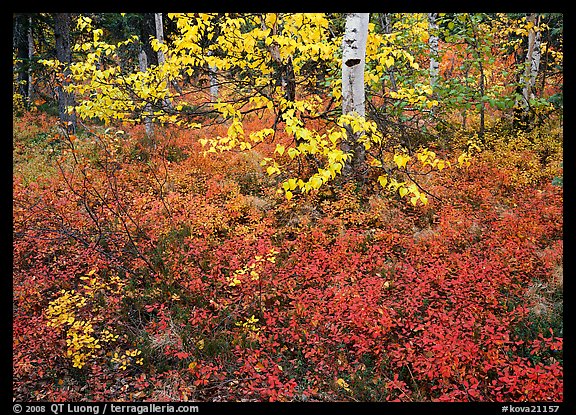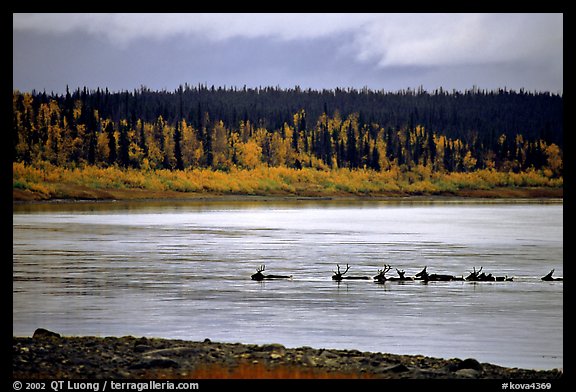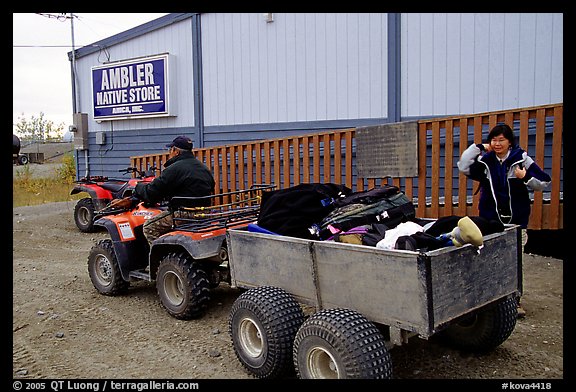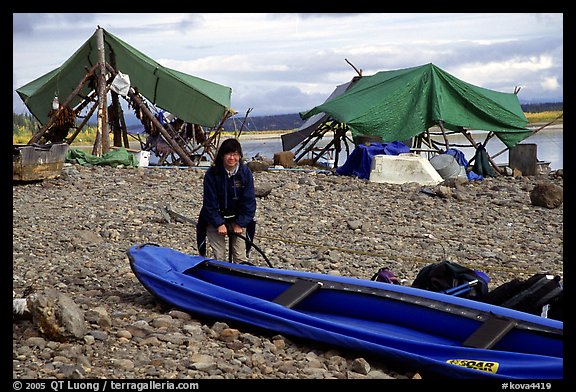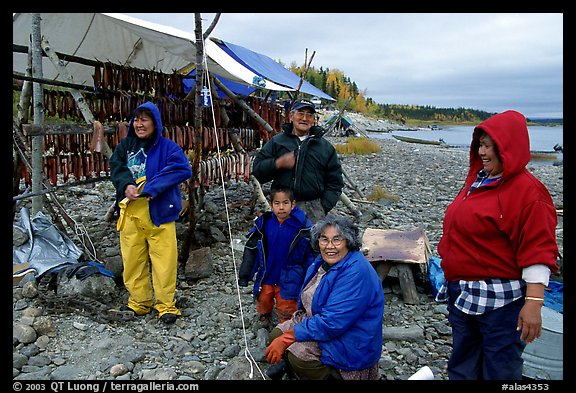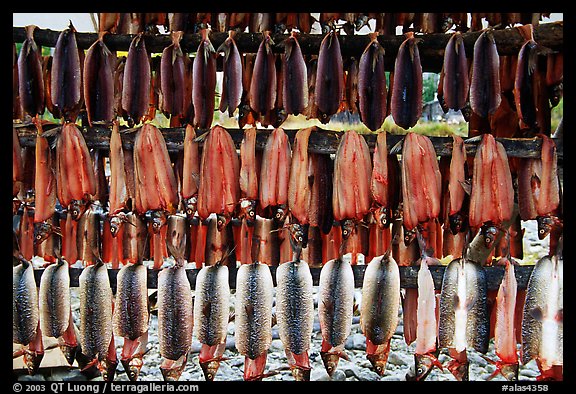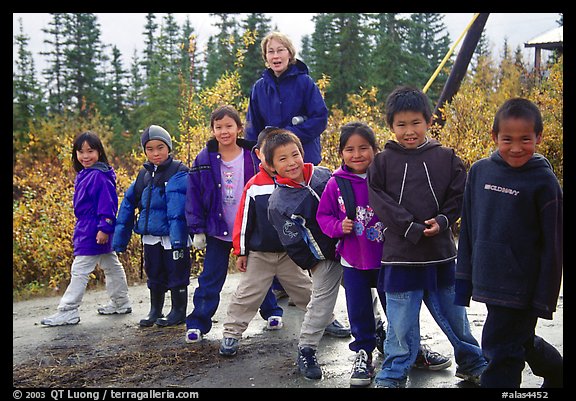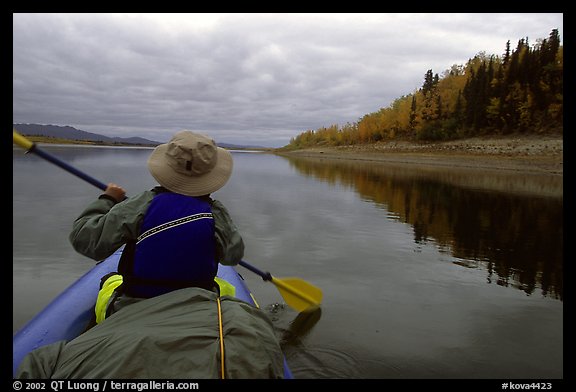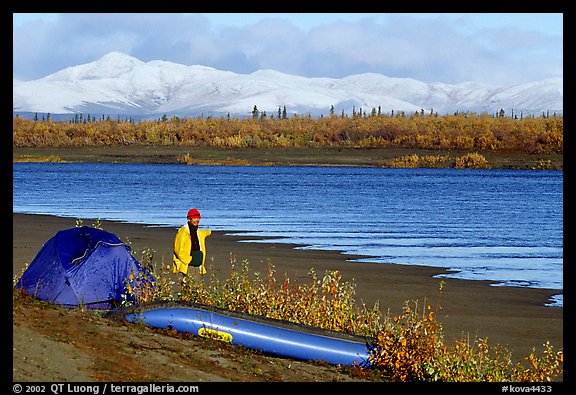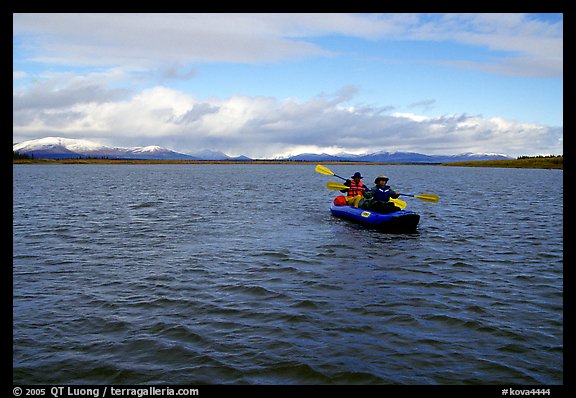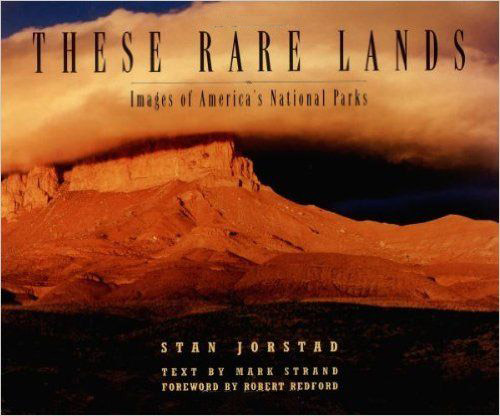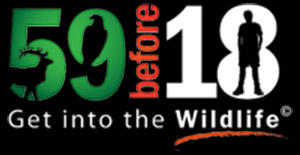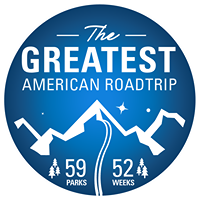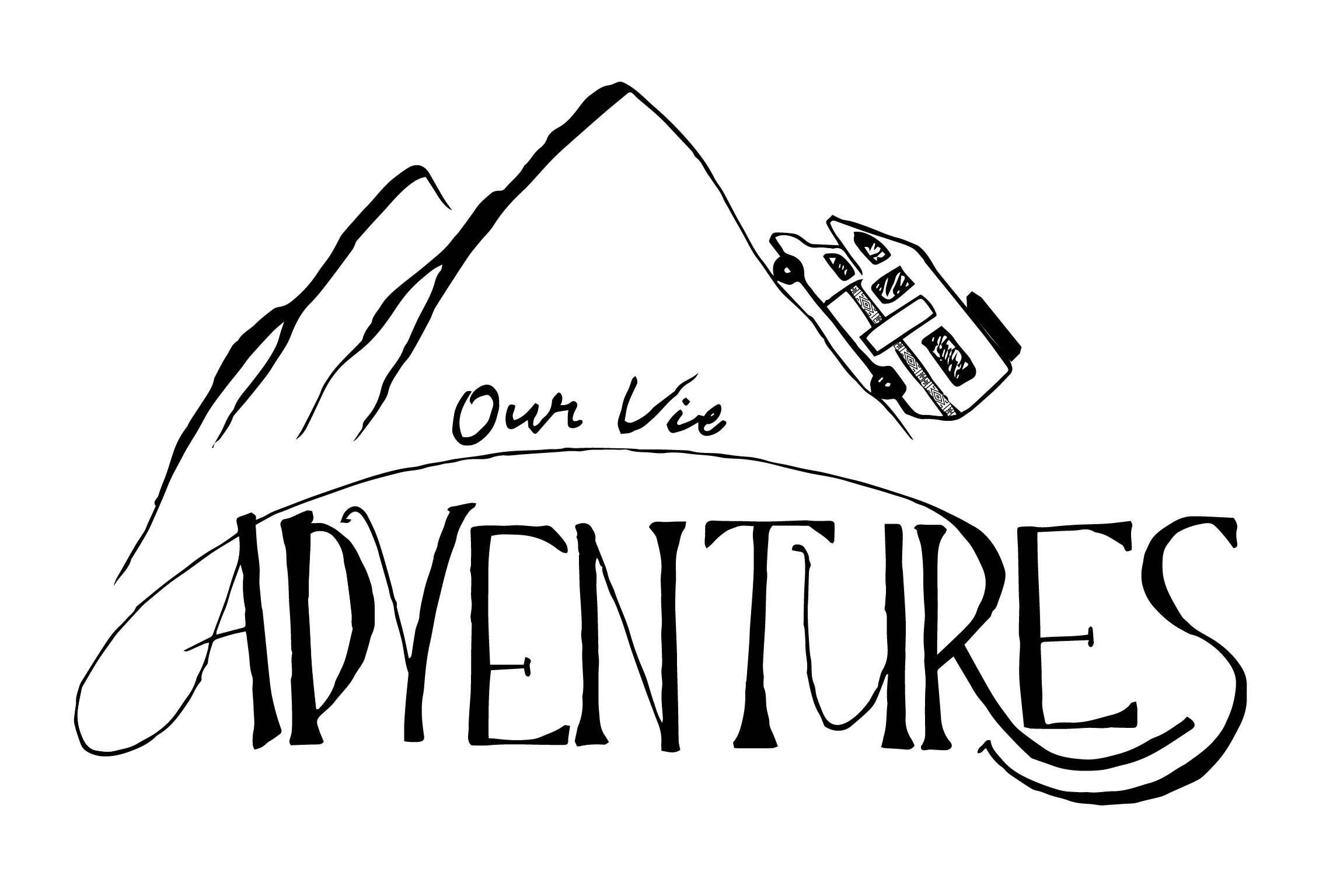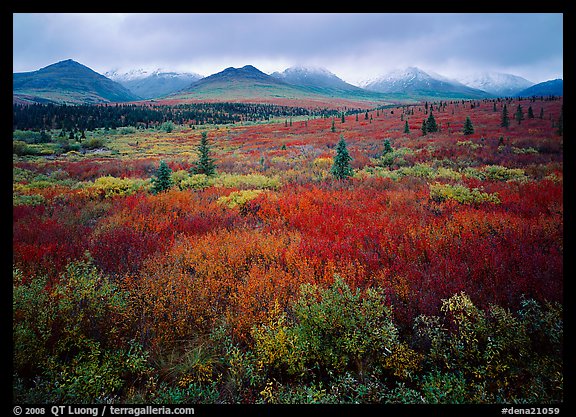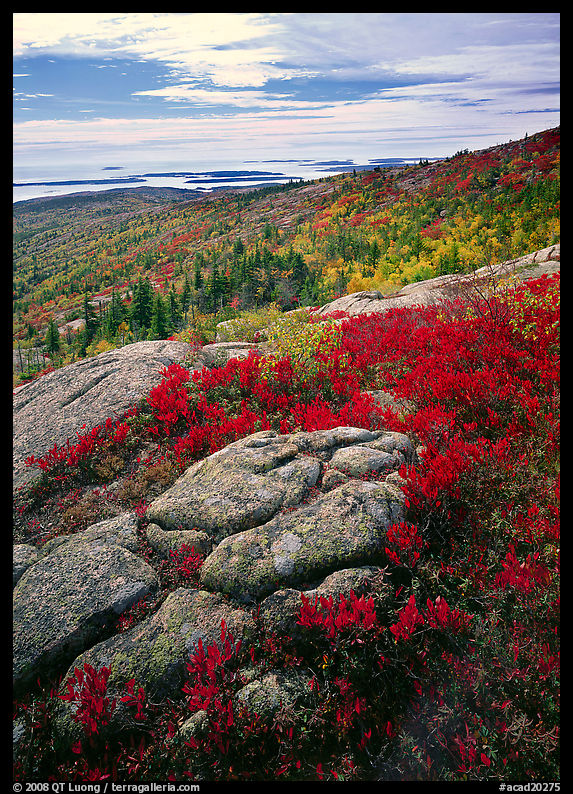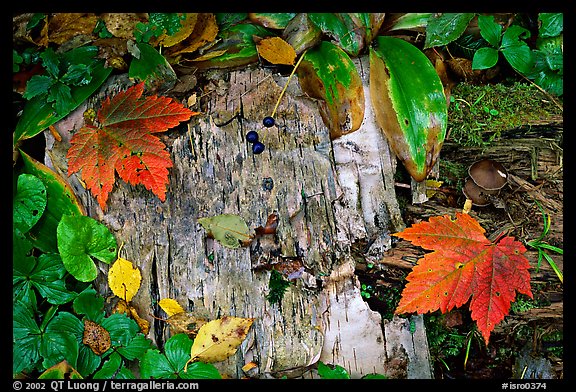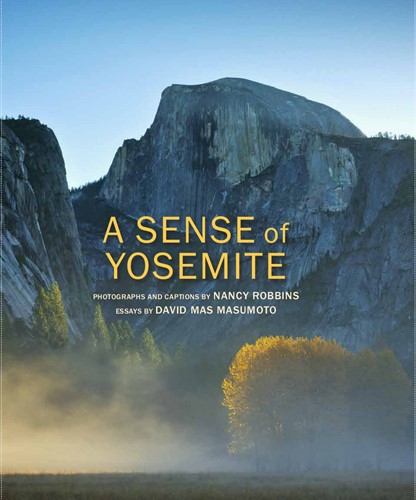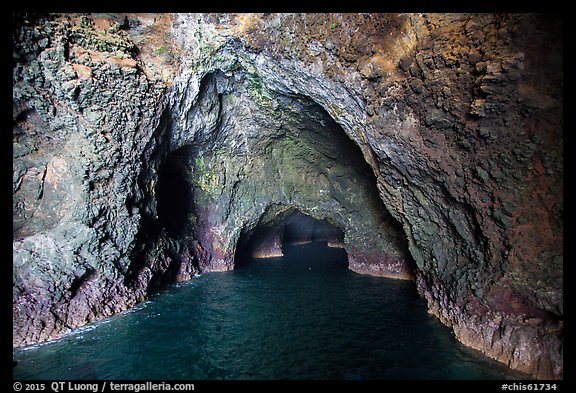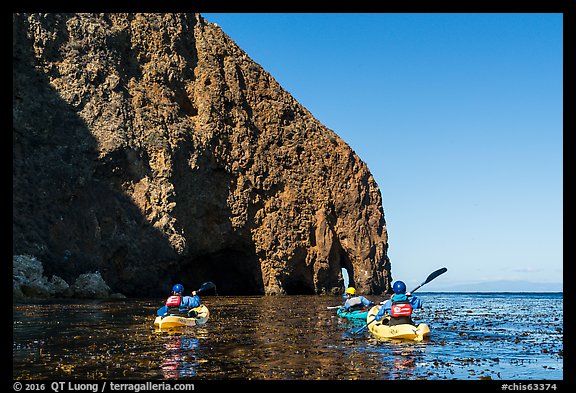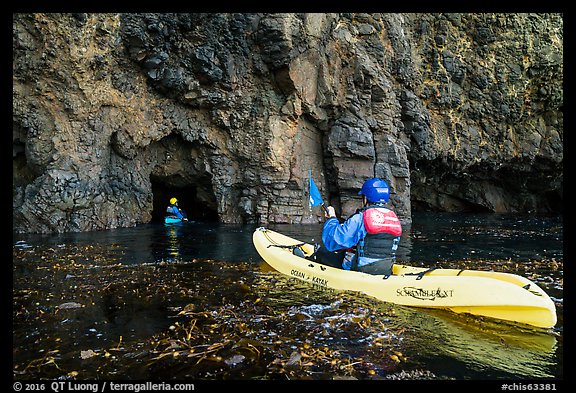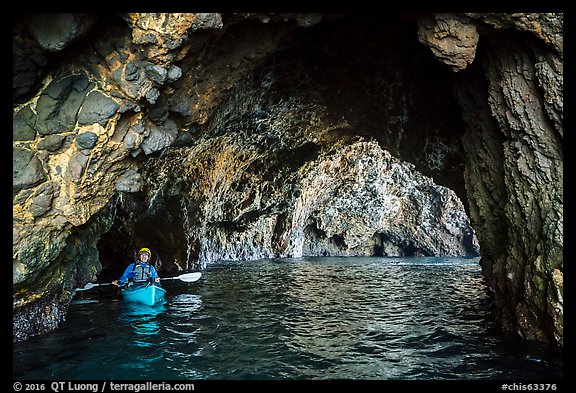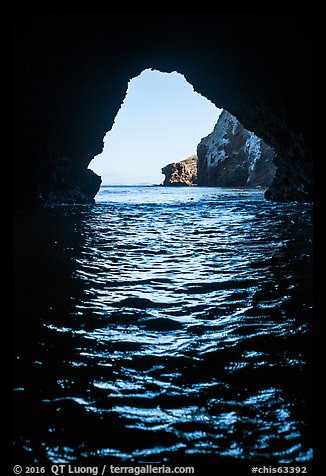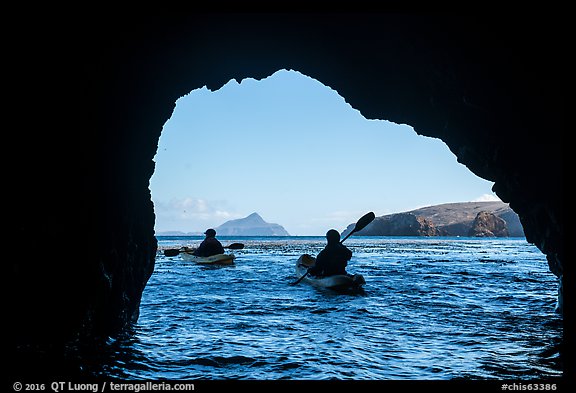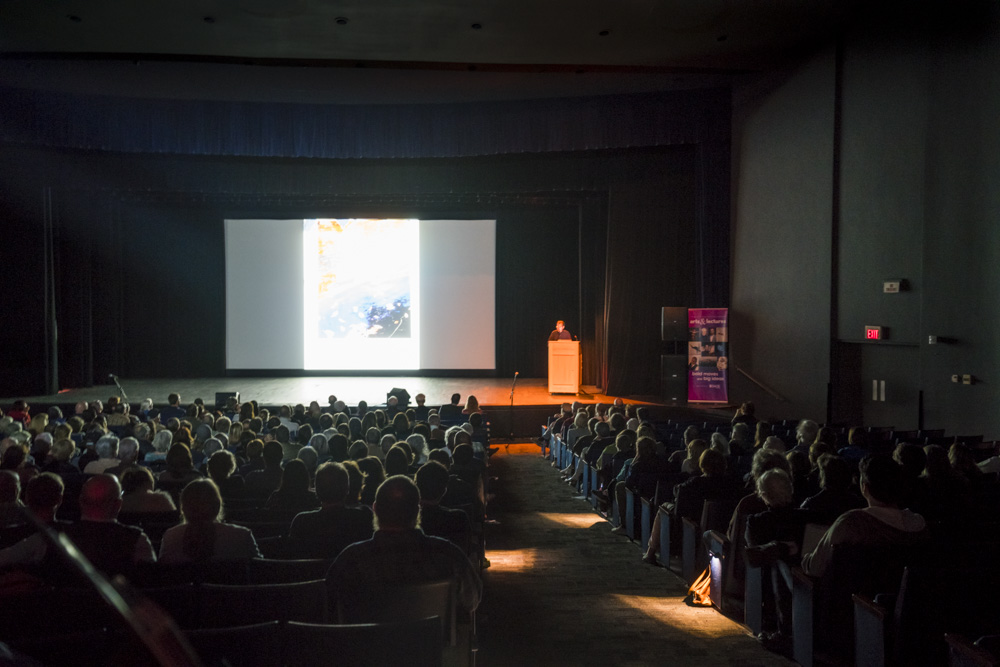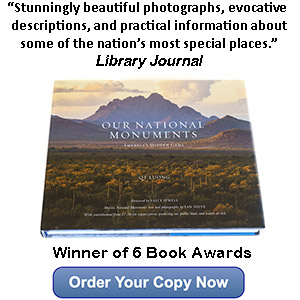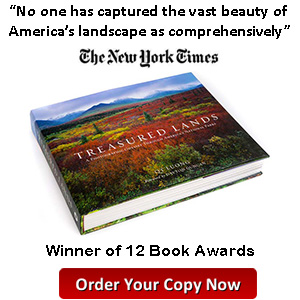Stumbling into Alaska’s mining past in Nabesna, Wrangell-St Elias National Park
Of the two roads that lead into Wrangell-St Elias National Park, Nabesna Road, which opens up the northern reaches of the park, is much less visited than McCarthy Road. It is situated in a more remote area and lacks the two big draws of Kennecott, the impressive mining buildings, and glaciers.
That the national parks preserve some of the most beautiful scenery in the nation make it easy to forget that they also feature many sites where one can learn about the nation’s history. Although I am drawn to the natural beauty, I am also intrigued by the lives of those who came there before. Often, the more remote the land, the best preserved and the artifacts. I had high hopes for the mines and ghost towns of Nabesna. The discoveries I made didn’t disappoint, and each of the three sites I visited offered something different.
The Rambler Mine
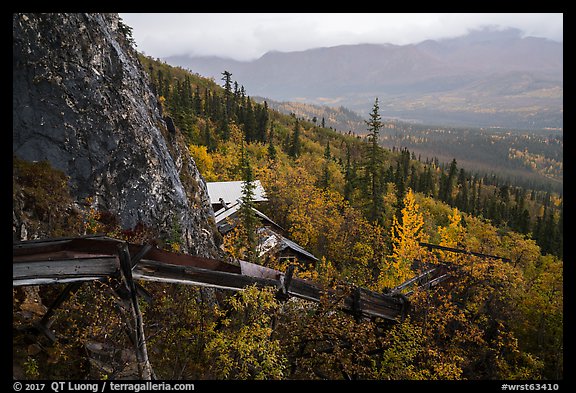
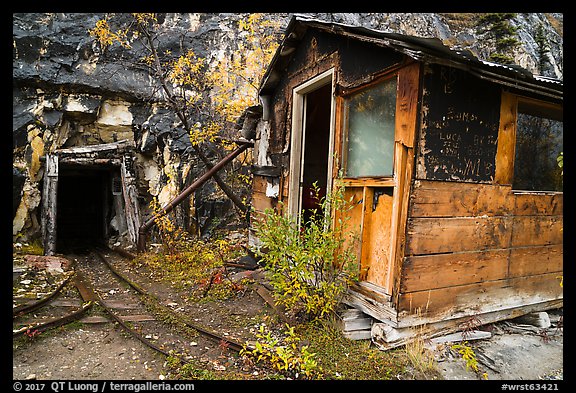
While the Nabesna Road is well graded, past the Devil’s Mountain Lodge it is no longer maintained, and it looked like a high-clearance 4WD vehicle would be necessary to traverse the deep ruts. I parked our car about 1/4 mile beyond the lodge, at a small gravel parking area. After 1/4 mile along the road, a uphill 1/2 mile tree-canopied trail leads to the Rambler Mine. We had initially planned to hike the Skookum Volcano, but in view of the weather, we were glad that we had changed our plans to visiting the mines. The abandoned buildings there have been stripped bare, but they provided a welcome shelter from the rain, and although the mines have been gated and locked by the NPS, we could peer into their openings to see wagons and rails.
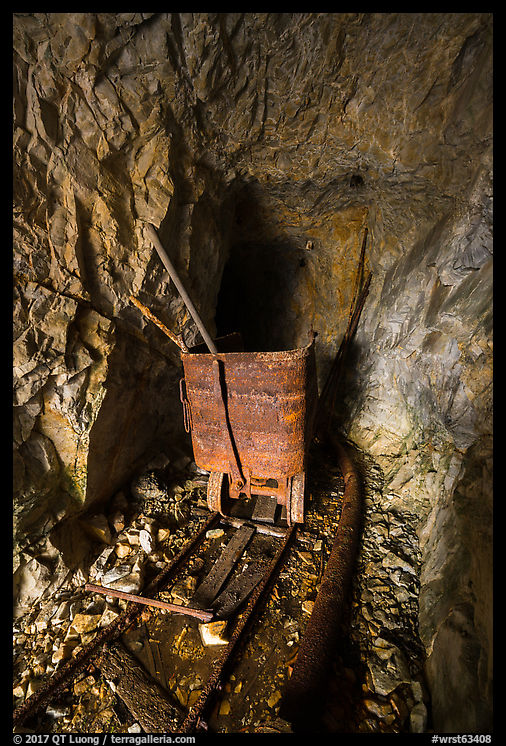
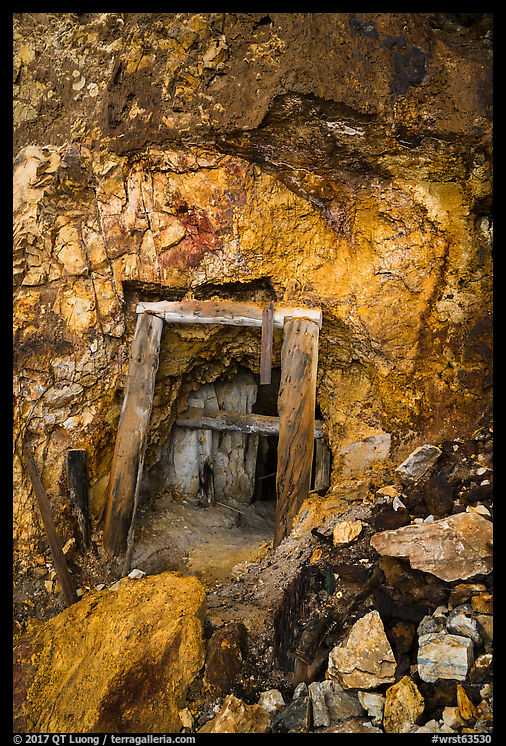
As I noticed the rain easing off a bit, I led our group up a steep and rather unstable trail along a chute. We reached not only to another mine opening but also views over the Nabesna River Valley that were open, unlike those from the mine which were obscured by vegetation. All of the sudden a double rainbow appeared. It was such a transcendent moment because it had been raining most of the day so far. If you want to see a rainbow, you have to get out in the rain!
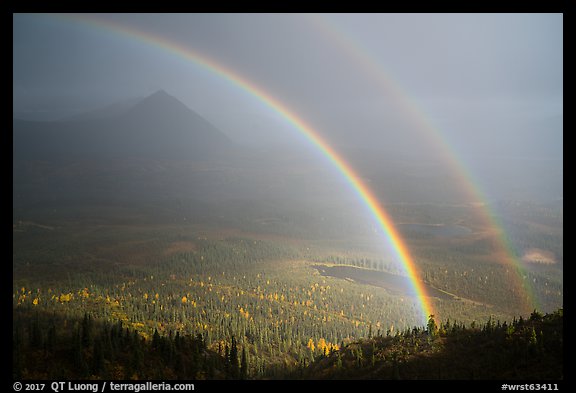
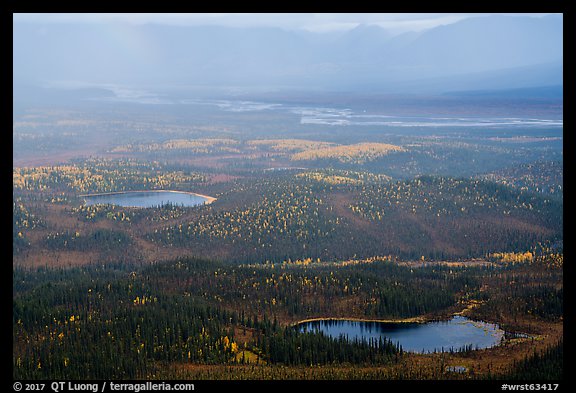
The Nabesna Mill
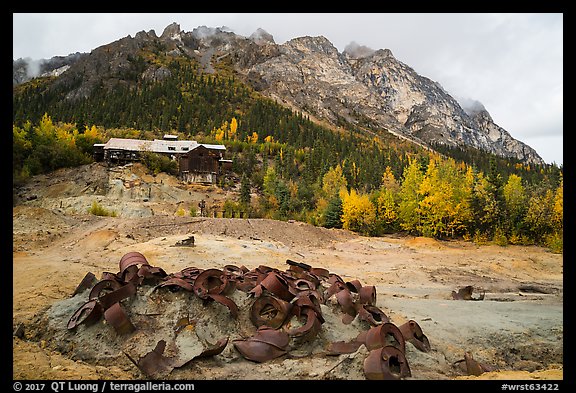
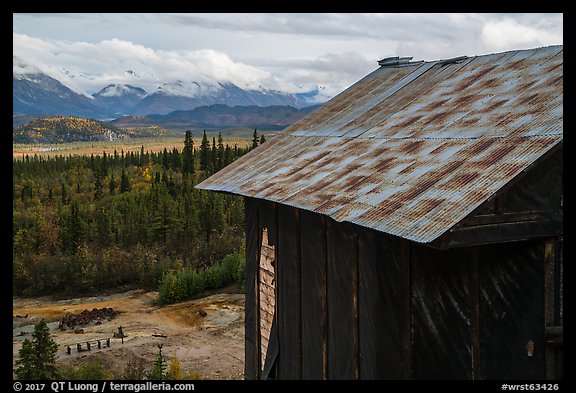
Back to the main road, after 1.5 miles from the Rambler Mine trail junction, a side road covered with toxic-looking tailings led to the main Nabesna mine mill. The rather large building is still full of machinery and hardware. The Kennecott mine has more big and impressive mill buildings, but the mill buildings in Nabesna are way more raw. In Kennecott, you get to see one of the best preserved ghost towns in America, yet the ruins are being partly restored and stabilized, and the buildings can be entered only on guided tours. By contrast you can wander around everywhere in Nabesna, make your own discoveries as if you were the first visitor happening into a lost world, and besides the removal of some heavy equipment, you can see what the mines looked like when they were closed. I avoided the second floors, though, as they did not look too stable.
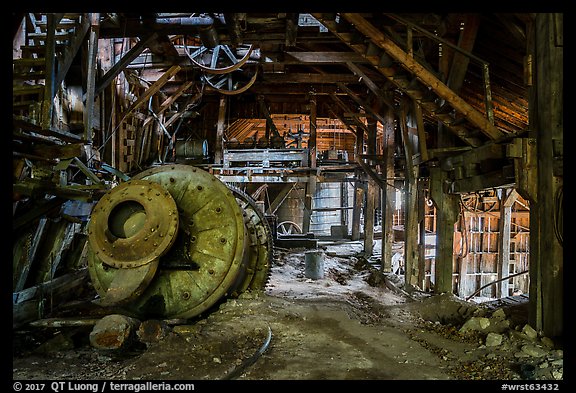
While the Kennecott mine was a copper mine, gold was discovered in Nabesna near the end of the 19th century, and the Nabesna Mining Company was formed in 1929 by Carl Whitham. The present-day Nabesna road was built to provide access to the mining camp. During the Great Depression, some men walked more than 100 miles from the Richardson Highway just to ask for a job there. With more than 1/4 ounce of gold per ton – more than current active mines, the Nabesna mine was doing great, but in 1942 all the gold mines were closed to shift miners to copper and iron mines that supported directly the war effort. Whitham made plans to reopen the mine after the war, but they were scrapped after he died in 1947.

The Nabesna mining cabins
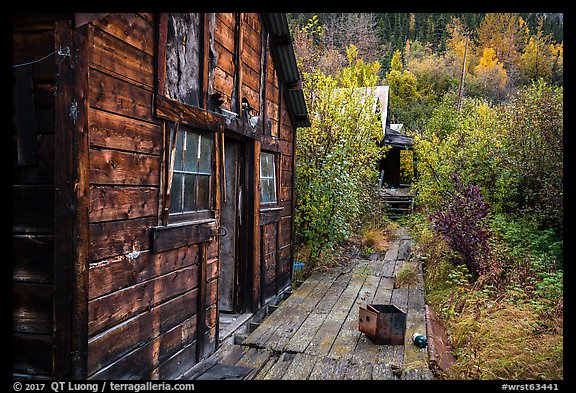
Back to the main road, after 1/4 mile, we saw on our right a group of cabins with busted doors that from the outside looked exactly like many others in the area. However, upon entering them, I was astonished by the amount of stuff scattered in there. Some of it appeared fairly recent, but there were plenty of historic artifacts related to mining, such as ore samples and mining documents, some of which dated from 1935. For a moment, I felt like I had gone back in time. The setting was the most undisturbed, artifact-rich ghost town that I’ve been privileged to explore.


Getting there
There is little published information about the Nabesna mines. They are not mentioned in any guidebooks. My main source was a blog post written in 2014 by photographer Adam Eliott. On the way, I also inquired at the Devil’s Mountain Lodge where a member of the Ellis family, who had been operating the lodge for three generations, kindly showed me a helpful map. The Devil’s Mountain Lodge is at the end of the 42-mile maintained portion of the Nabesna Road.
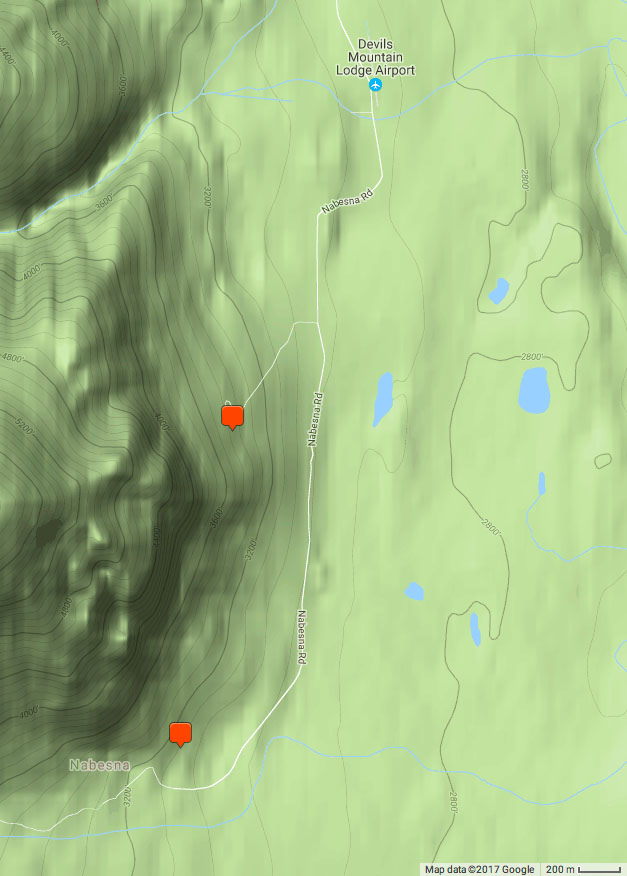
If you visit the area, exercise caution as structures are potentially unsafe, and be sure to leave everything as you found it so that future visitors can experience the same discoveries that you did. Note also that while the Rambler mine now belongs to the park, the Nabesna mine are still technically private property, and for this reason the NPS doesn’t encourage visitation. This makes the visit akin to “urbex”, urban exploration of abandoned buildings. Are you comfortable with that ?
More images from Wrangell-St Elias National Park
Autumn in Alaska: Part 1 of 9: 1 | 2 | 3 | 4 | 5 | 6 | 7 | 8 | 9





